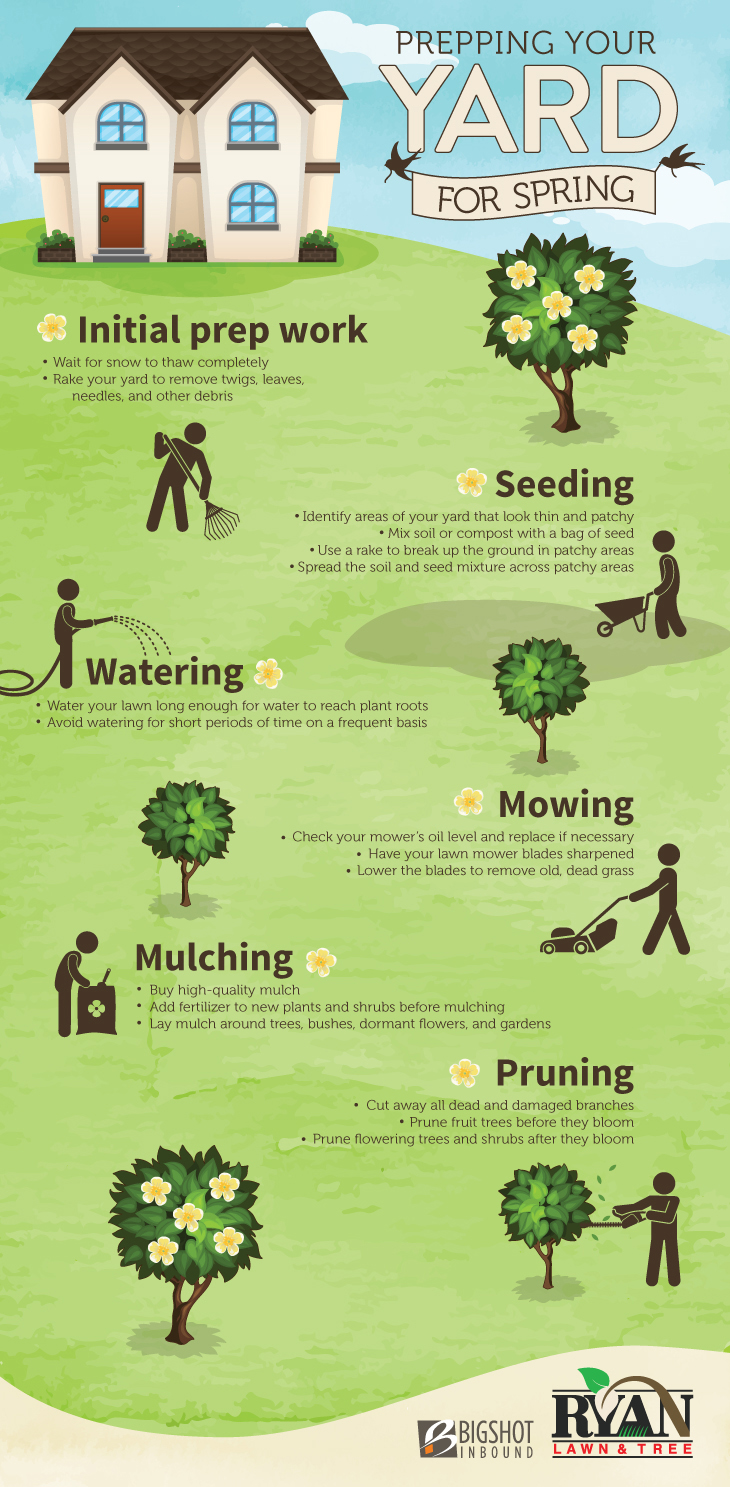Leading Indicators It's Time To Get Rid Of A Tree From Your Residential Or Commercial Property
Leading Indicators It's Time To Get Rid Of A Tree From Your Residential Or Commercial Property
Blog Article
Authored By-Palmer Lindgreen
If you have actually discovered indications like noticeable decay, extensive damages, or dead branches on a tree in your lawn, it may be time to take into consideration removing it. Leaning or unstable trees can pose a major risk, and overhanging branches near your home could result in potential mishaps. Nonetheless, there's one essential facet you should not overlook when evaluating whether a tree requires to be eliminated. It's a refined yet considerable indicator that can impact not simply your building however also the bordering setting.
Visible Degeneration and Damage
If you observe substantial noticeable decay or damages on your tree, it might be time to consider removing it from your building.
Visible indications of degeneration, such as huge tooth cavities, deep cracks, or comprehensive deteriorating areas, can compromise the tree's structure and position a safety and security risk. Dead branches, peeling off bark, or fungal growth on the trunk are additionally signs that the tree's health is endangered.
These concerns can make the tree more susceptible to toppling over during solid winds or storms, potentially creating damages to your home or posturing a threat to individuals nearby.
In addition, trees with significant degeneration or damage may not recover despite expert care and upkeep. By quickly resolving trees revealing visible signs of degeneration, you can prevent accidents and safeguard your property.
Leaning or Unsteady Tree
When observing a tree on your residential or commercial property that's significantly leaning to one side or appears unpredictable, it's important to examine the circumstance immediately. Leaning https://www.consumerreports.org/homeowners-insurance/when-a-tree-falls-who-pays-for-the-damage/ can be an indication of architectural problems or origin damage that might jeopardize the tree's security. An unstable tree postures a considerable risk of dropping, potentially creating damages to your residential property or positioning a safety and security danger to individuals close by.
To determine the intensity of the situation, start by reviewing the angle of the lean and whether it has actually been considerably intensifying over time. Check the tree for any kind of noticeable indicators of damage, such as cracks in the trunk or exposed origins.
If the tree is leaning because of root problems, it may not be salvageable and might position a greater risk as time goes on.
If you see a tree on your residential property that's leaning or unpredictable, it's suggested to get in touch with an expert arborist to assess the tree's health and suggest the best course of action, which may include tree removal to avoid any type of possible crashes or damages.
Overhanging Branches and Nonessential
Concerned regarding the trees on your residential property? Looming branches and nonessential can pose severe threats that show it's time to remove a tree.
Branches that cross your house, garage, or various other structures can become dangerous throughout tornados, possibly triggering damages or injury if they break off.
Deadwood, which are branches that have actually passed away and not lose from the tree, can additionally fall unexpectedly, presenting a risk to any individual listed below.
It's important to resolve overhanging branches and deadwood promptly to avoid accidents. Frequently inspect your trees for indications of nonessential or branches prolonging as well much. If you observe any type of, it's ideal to have a professional arborist evaluate the situation. They can securely remove the harmful branches or recommend tree elimination if the risks are expensive.
Do not neglect looming branches and deadwood on your trees. Taking aggressive actions to address these concerns can protect against possible calamities and maintain your residential or commercial property risk-free for you and your family members.
Conclusion
If you discover signs of noticeable degeneration, considerable damage, or an unstable tree on your building, it's time to think about removing it. Don't wait until it's far too late and poses a threat to your safety and residential or commercial property. Dealing with these indication immediately will help protect against potential calamities and ensure a secure setting for you and those around you. Do not be reluctant to consult an expert for aid in safely removing the tree.
